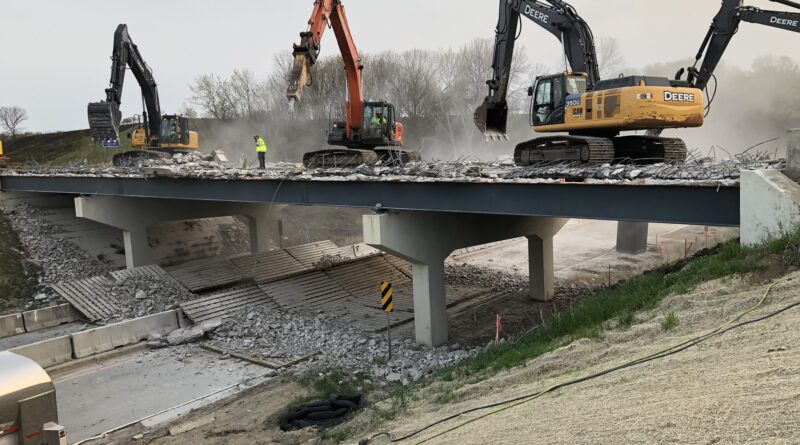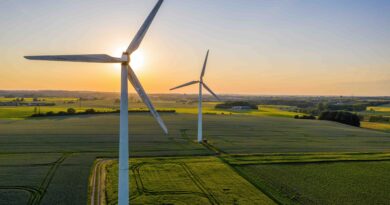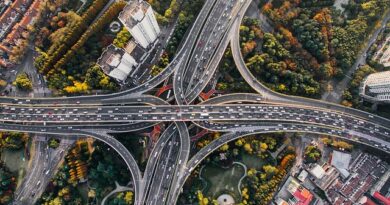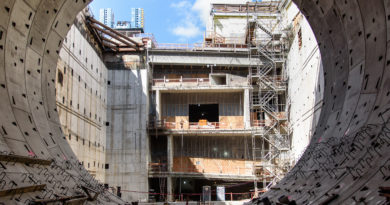Transforming Abandoned Infrastructure in the United States
According to Arch Daily, the High Line’s immense popularity, however, also contributed to rapid gentrification and displacement in the surrounding neighborhoods like Chelsea and Hell’s Kitchen. Real estate values boomed, pricing out many longtime residents and businesses. While it brought economic benefits, the impacts were not equitably shared with the existing community. Across the United States, this sort of infrastructural displacement disproportionately devastated Black, Latino, Native American, and Asian neighborhoods. As infrastructure reuse projects move forward, equity must be at the forefront to prevent further harm to marginalized groups.




